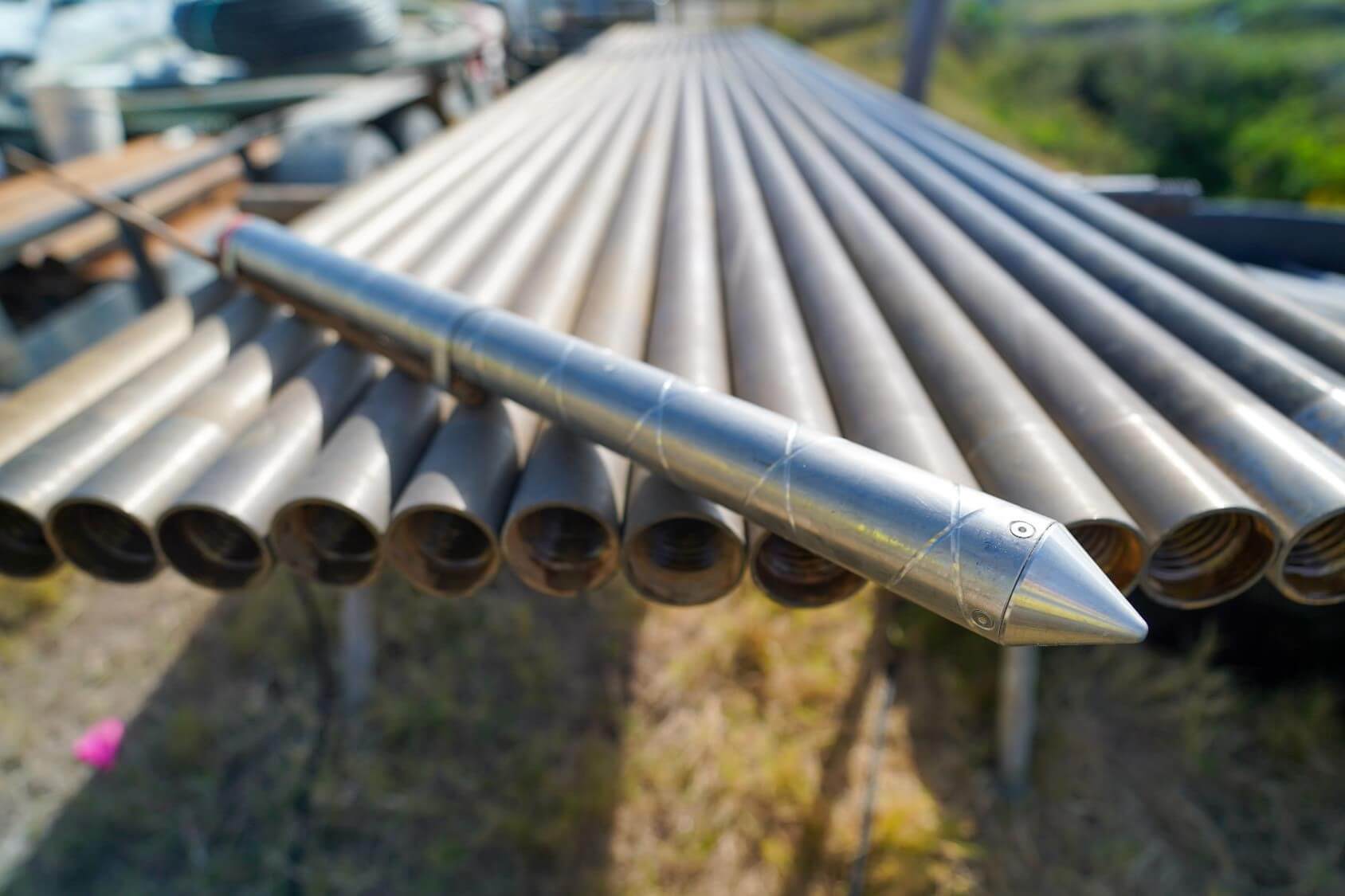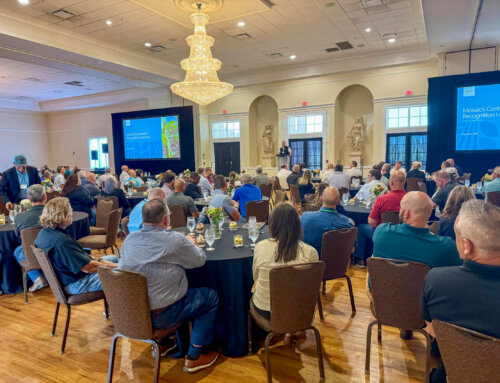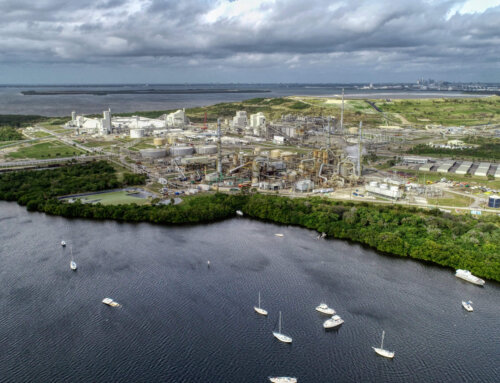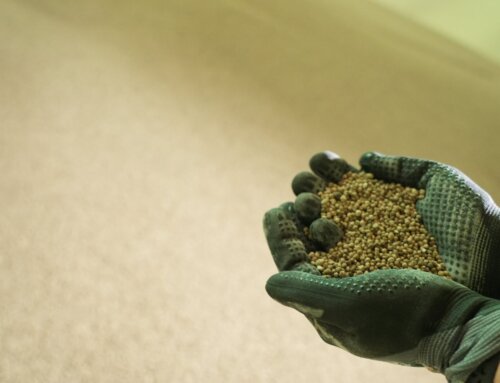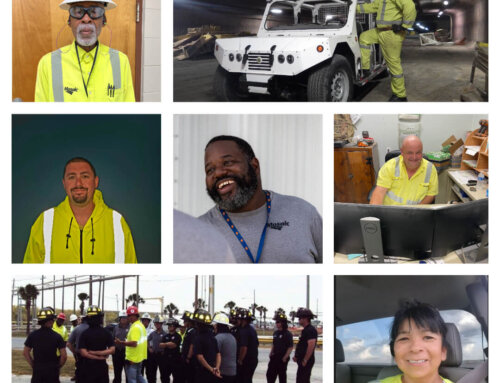Using innovative tools and techniques is part of Mosaic’s pledge to keep its employees and communities safe. Peter Dominguez, an engineer at our New Wales facility, is leading the charge on using an innovative technology tool for early detection of sub-surface ground movement underneath the site’s active phosphogypsum stack.
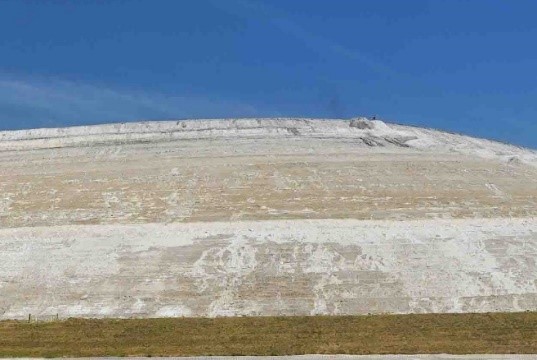
Phosphogypsum, commonly referred to as gypsum or calcium sulfate, is a by-product from the production of phosphate fertilizer products. It is produced when the phosphate rock we mine is combined with sulfuric acid to form phosphoric acid (P2O5). The phosphogypsum must be filtered and removed so the phosphoric acid can be used to make fertilizer. Approximately 5.4 tons of gypsum is produced for every ton of P2O5 made.
The phosphogypsum is then deposited and stacked per strict standards regulated by the Florida Department of Environmental Protection (FDEP) and the U.S. Environmental Protection Agency (EPA). The gypsum stacks store both gypsum and process water from the manufacturing process. Water is used for transporting gypsum to the stacks and recycled throughout the facility operations.
Dominguez and team recently installed micro-seismic geophones around the perimeter of the active phosphogypsum stack at various points 100 to 300 feet below ground level. These geophones are being used as an additional monitoring tool to help better pinpoint a more precise location of potential movement.
“The geophones listen for sound waves and sound wave attenuation,” said Dominguez. “They can detect when there may be a change in the continuity for us to further evaluate if there are any small changes that may be occurring in soil densities.”
Watch this video to learn more:
According to David Jellerson, Senior Director of Gypsum Engineering, the New Wales manufacturing facility is the first in Florida to use geophone technology, which is more commonly used by the oil and gas industry.
“We continue to evaluate the needs at our other Florida manufacturing sites, our Bartow and Riverview locations, to determine which tools and technologies are most effective based on their geology,” said Jellerson. “We always strive to be good neighbors and stewards of our environment and to minimize our operations’ impact in the local communities we operate in and call home.”

